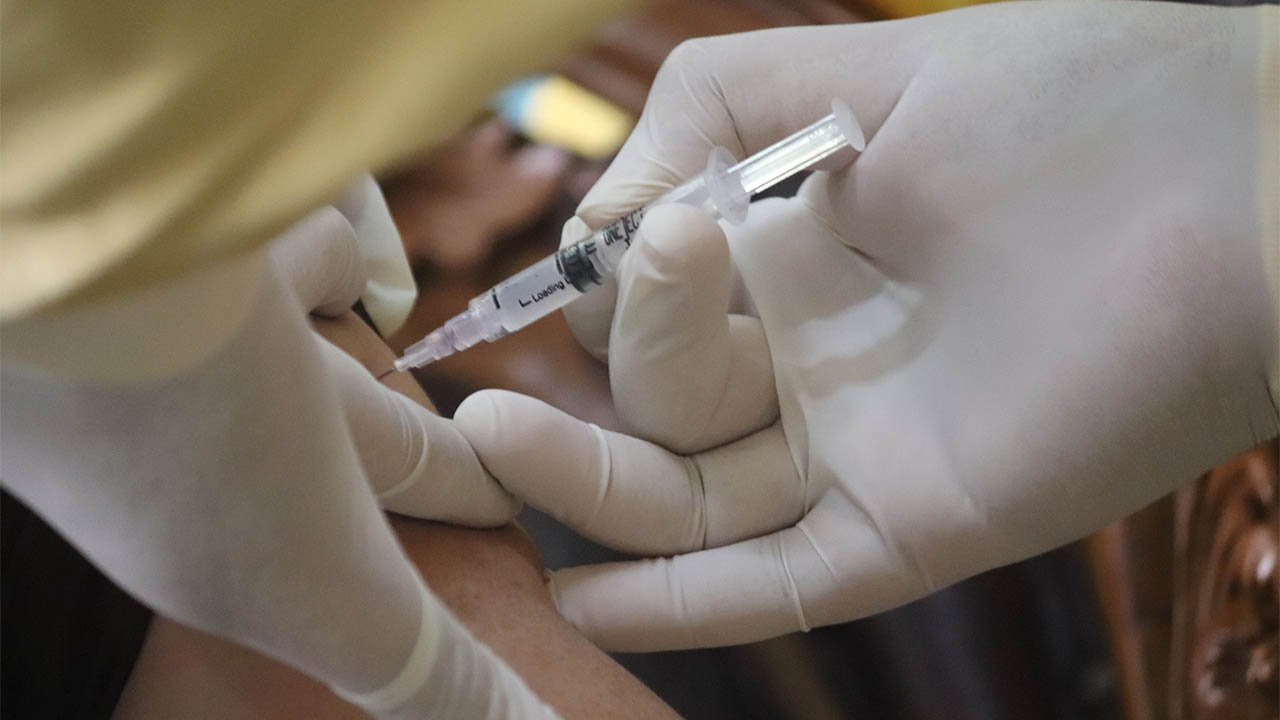If you have considered Platelet Rich Plasma (PRP) therapy as a potential treatment option, you may have wondered about insurance coverage. Understanding whether or not your insurance covers this innovative treatment before embarking on the journey is essential.
This blog post aims to guide you through the crucial factors that determine insurance coverage for PRP therapy and how to navigate the process.
What is Platelet Rich Plasma (PRP) Therapy?
Platelet Rich Plasma therapy is a cutting-edge regenerative medicine treatment that harnesses the body’s natural healing abilities. It involves extracting plasma rich in platelets and growth factors from the patient’s blood and injecting it into the targeted area to promote healing and rejuvenation.
PRP therapy is commonly used to treat various conditions, including joint pain, sports injuries, hair loss, and skin rejuvenation. The process is relatively simple: blood collection, centrifugation to separate the components, and administration of the PRP solution to the affected area.
Factors That Affect Insurance Coverage for PRP Therapy
Several factors may influence whether your insurance plan covers PRP therapy. Firstly, the type of insurance plan you have plays a significant role.
- Health Maintenance Organizations (HMOs)
- Preferred Provider Organizations (PPOs)
- Point of Service (POS), and
- Exclusive Provider Organizations (EPOs)
Each has its coverage guidelines. Additionally, whether your insurance is employer-provided or privately purchased can impact coverage.
Medical necessity is another critical factor that determines insurance coverage. Medical necessity refers to the need for a specific treatment or procedure to diagnose, treat, or prevent a medical condition.
Insurance companies generally cover treatments that are considered medically necessary. However, PRP therapy may not always fall under this category, depending on the condition being treated and the individual patient’s circumstances.
The FDA approval status of PRP therapy for specific applications is another essential consideration. Insurance companies are less likely to cover a treatment that is not FDA-approved. Additionally, state regulations and geographic location can affect coverage, as some states may have restrictions on PRP therapy or require additional documentation.
Finally, coverage limitations and exclusions in your insurance policy and whether your provider is in-network or out-of-network will also impact your coverage for PRP therapy. Understanding these factors can help determine if your insurance plan will cover the treatment.

Steps to Determine Your Insurance Coverage for PRP Therapy
To determine if your insurance covers PRP therapy, review your insurance policy. Look for information on coverage limitations, exclusions, and requirements for medical necessity.
Next, contact your insurance company to inquire about PRP therapy coverage for your specific condition. They will be able to provide you with the most accurate and up-to-date information.
It is also essential to consult with your healthcare provider, who can help determine whether PRP therapy is medically necessary for your situation. If required, they can also help you obtain pre-authorization from your insurance company, increasing the likelihood of coverage.
What to Do If Your Insurance Doesn’t Cover PRP Therapy

If you find that your insurance does not cover PRP therapy, don’t worry. There are still ways to access this innovative treatment without breaking the bank.
Explore Alternative Financing Options
One option is to discuss payment plans with your healthcare provider. Many clinics and practitioners understand the financial burden of medical treatments and are willing to work with patients to create a manageable payment schedule. This approach allows you to spread the cost of PRP therapy over time, making it more affordable.
Another alternative is to utilize a Health Savings Account (HSA) or Flexible Spending Account (FSA) to cover the costs associated with PRP therapy. These accounts allow you to set aside pre-tax dollars for qualified medical expenses, including treatments like PRP therapy. If you don’t already have an HSA or FSA, consider researching these options and discussing their benefits with your employer or financial advisor.
Medical loans can provide a solution for those unable to afford PRP therapy. These loans are specifically designed to help patients cover the costs of medical treatments and procedures not covered by insurance. While this option may result in additional debt, weighing the potential benefits of PRP therapy against the financial impact of a loan is essential.
Consider Negotiating with your Provider for a Discounted Rate
Negotiating with your healthcare provider for a discounted rate on PRP therapy is another avenue worth exploring. Some providers may be open to offering a lower price for patients paying out-of-pocket, especially if they understand your financial constraints.
Be honest with your provider about your financial situation and why you’re seeking PRP therapy, as this can help facilitate a productive conversation about cost reduction.
Research Clinical Trials and Studies Offering PRP Therapy
Lastly, watch for clinical trials and research studies involving PRP therapy. Participating in these studies can grant you access to the treatment at a reduced cost or even for free. While this option may not be suitable for everyone, it’s worth investigating if you’re interested in PRP therapy but cannot afford it through traditional means.
Conclusion
Before pursuing this treatment option, understanding whether your insurance covers PRP therapy is essential. Consider the factors influencing coverage and take the necessary steps to determine your eligibility.
And if your insurance doesn’t cover PRP therapy, don’t lose hope – explore alternative financing options, negotiate with your provider, and clinical research trials to find a solution that works for you.





